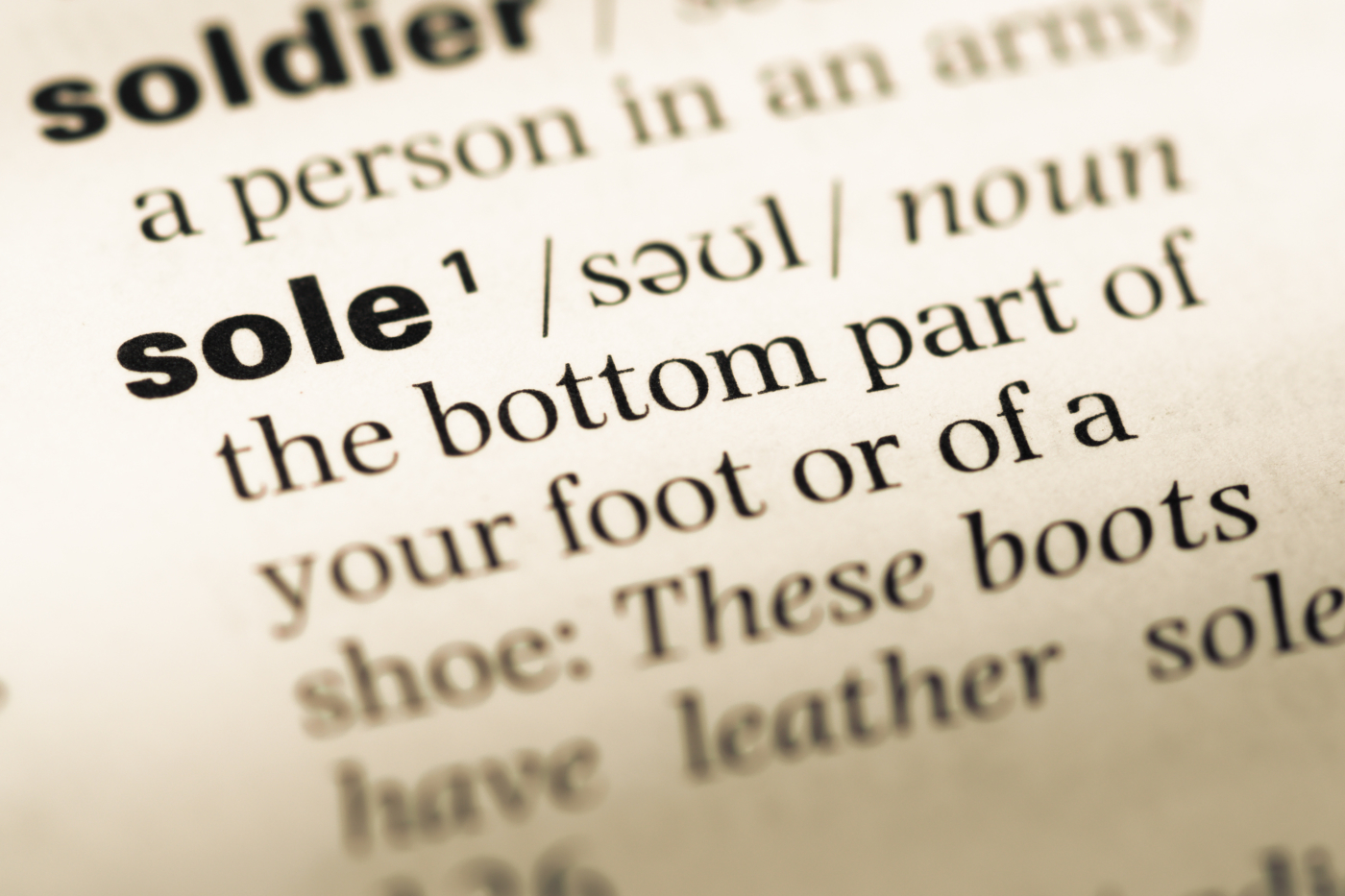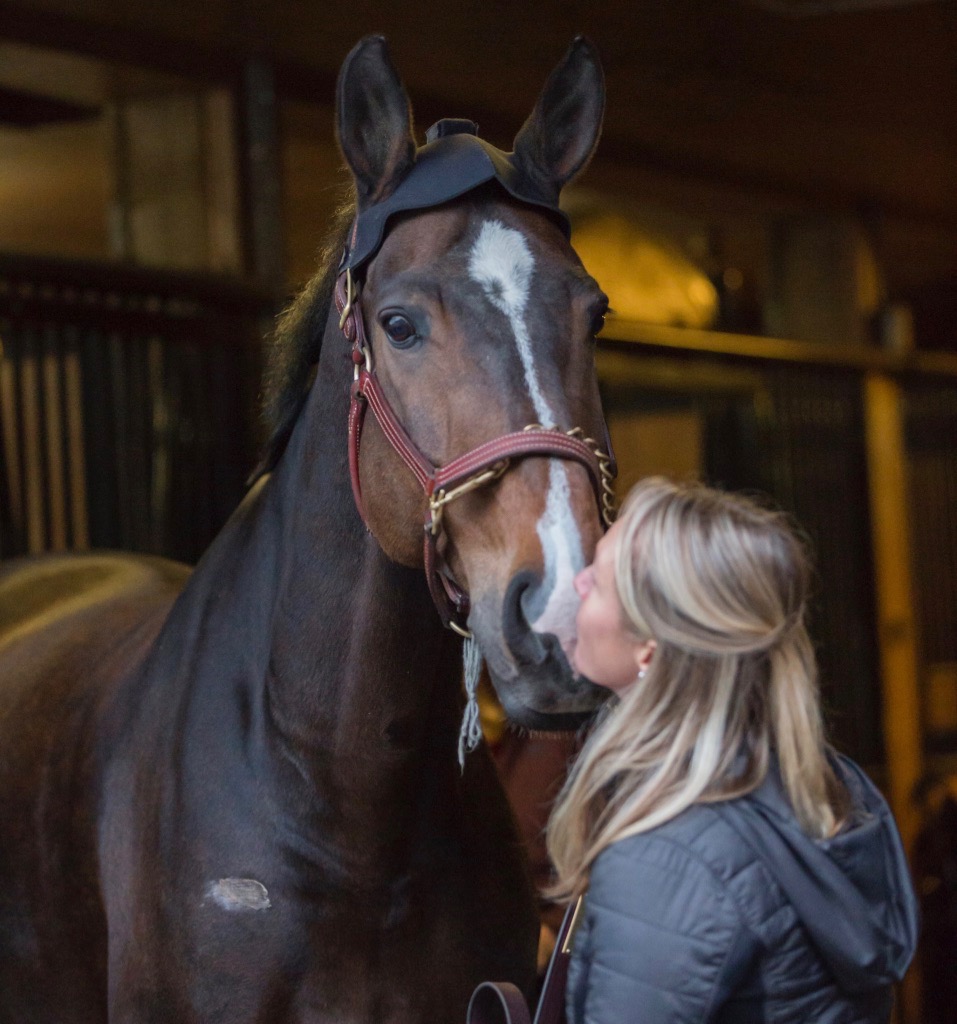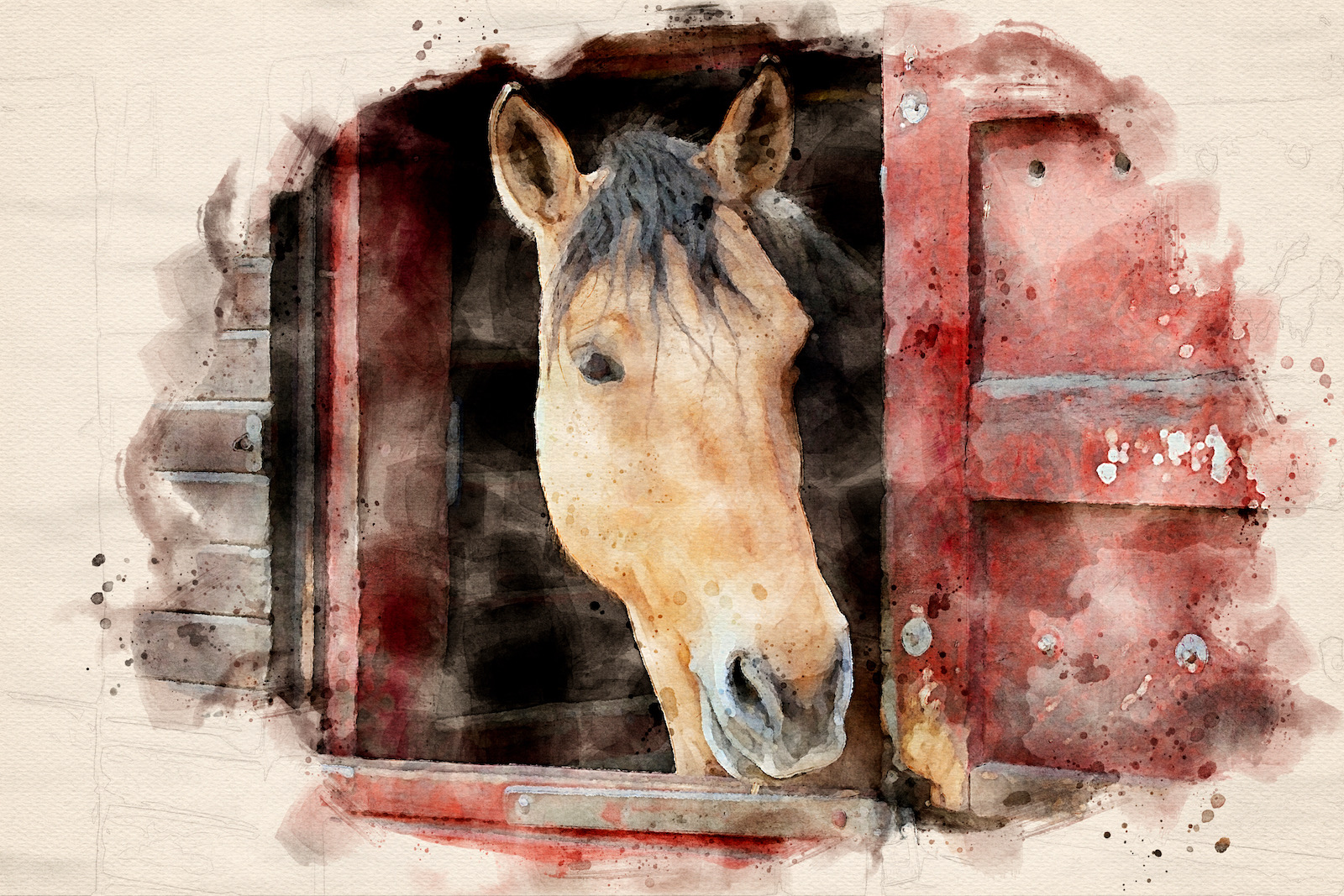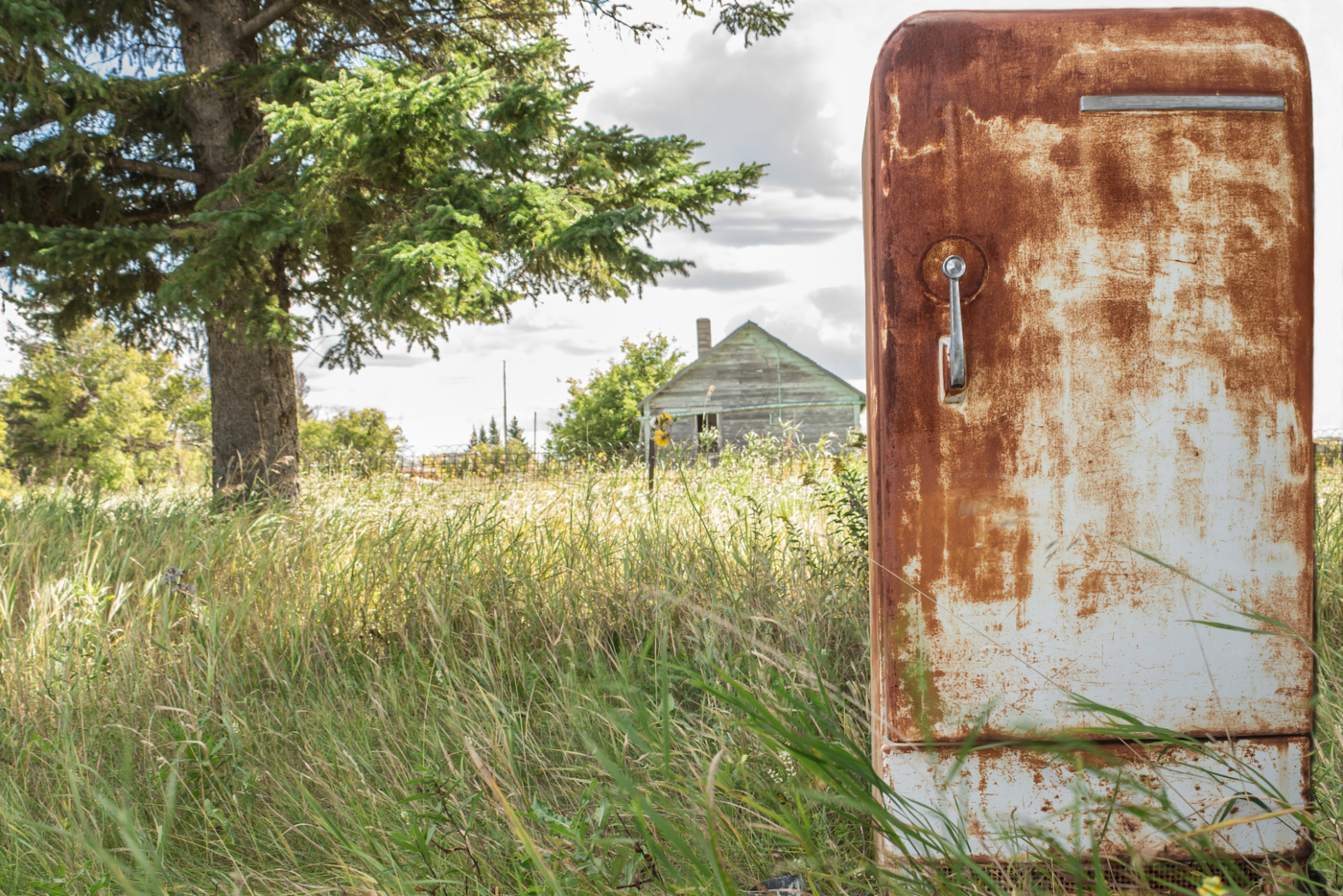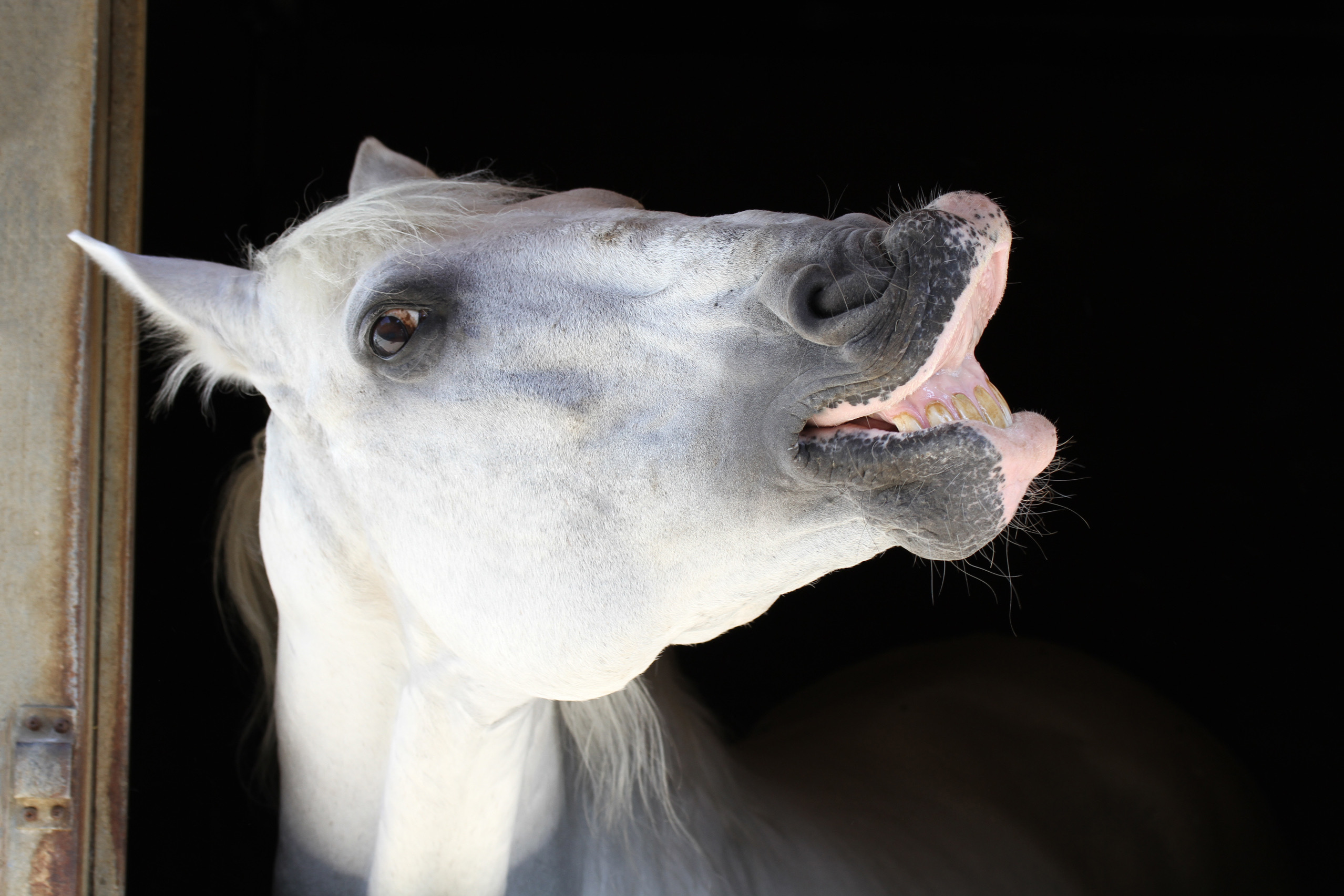Last week, we shared some of our favorite hoof hacks (a.k.a. products that we use on the OR steeds when their tootsies are a bit tender). As promised, this week we follow up with Part Two of the “Pumped Up Kicks” series. We tapped into the knowledge of long-time OR veterinarian and founder of Grand Prix Equine, Dr. Mark Baus, who gave us the low down on low heels, long toes, and the depth of one’s sole.
We’re talking the what, when, and why of hoof balance, kids! Because the more you know…

1. Sole depth is measured from the tip of the coffin bone to the ground surface. In most feet I like to see 15mm of sole depth, as any less makes the foot prone to bruising.

2. Toe length is measured from the tip of the coffin bone to the tip of the foot. The ideal toe length is at or under 30mm.

3. Heel height is measured from the back of the bottom of the coffin bone to the ground surface. For heel height, I like to see 2-10mm more heel than sole depth, as less heel than sole depth is a negative bone angle, and this is trouble on many fronts.

4. Breakover is measured from a line dropped down from the tip of the coffin bone and forward to where the shoe or the foot breaks over. Breakover is probably the hardest ideal to achieve. In general, less is better, all the way down to zero. Practically, though, 10-20mm is great.

5. Medial heel height versus lateral heel height. As far as medial to lateral or side-to-side balance, if the heels are within 3mm, I don’t worry too much. If they’re over 5mm, we start making significant shoeing changes to offset the forces that are crushing the lower heel.
Of course, all of these ideals are dependent on many factors, but they generally support a better foot and higher levels of soundness.
Why might my horse need hoof balance radiographs?
Farriers do an amazing job figuring out how to trim a horse’s foot (do you ever wonder, as I do, how they place all those nails in the foot without hitting sensitive tissue?). However, the fact is that as good as farriers are, some things simply go unnoticed until something goes wrong. Chances are good that you’ve already needed hoof balance radiographs to help with a foot-related problem: a foot abscess, a lost shoe, or an occasional lameness.
Additionally, if you’ve ever looked at your horse’s feet and wondered if something wasn’t right — the toes look too long, the hoof wall is breaking apart where the clinches are, the heels look uneven — your veterinarian can easily take hoof balance radiographs and share them with your farrier. This often clarifies the necessary action to correct a number of foot problems.
Hooves are constantly changing/growing, so how often are hoof balance radiographs necessary?
On average, the usual frequency is likely once yearly. However, the answer to this question is entirely dependent upon why the initial radiographs were taken, and what was found. Some issues are identified and corrected immediately. More complicated cases require radiographs before and after trimming and shoeing, followed up with more radiographs prior to the next shoeing.
Okay, we’ve taken the x-rays. Now what?
Your vet has looked at your horse, taken the radiographs, and made some notes. That only leaves one thing left to do: come up with a plan with your farrier. How we do this is important. If I were a farrier, I wouldn’t appreciate for a minute shoeing a horse for years, and then having a recipe shoved under my nose, telling me what to do.
Until I get to know a farrier and until they get to know me, I try to meet them at the farm when they’re shoeing the horse of interest so that we can take radiographs before and after trimming and shoeing. If that isn’t possible, I am careful to email the radiographs and notes to them, and follow up with a phone call to go over the findings and recommendations. I’m also careful to give farriers choices. We often ask them to do things that they’re not comfortable doing. This could be due to inexperience or a prior bad experience. Either way, providing them with choices includes them in the decision-making process and insures that they are vested in the outcome.
The next question is follow-up. Assuming the horse has responded positively to the new shoeing, it’s not uncommon for the foot and the farrier to drift back to old habits. Depending on the condition and response to the original shoeing, a follow-up set of radiographs in 2-3 shoeings can be valuable.
Considering the measurements of the foot after the initial shoeing to establish some benchmarks for future use can be helpful, as well. Two measurements to consider are hoof wall length (from the hairline at the toe to the end of the foot) and distance from the tip of the frog to the front of the shoe or foot. The hoof wall length might be as short as 3.25 inches up to 3.75 inches. The distance from the tip of the frog forward could be between 1.25 to 2.5 inches. However, I recommend being careful how you use these measurements since most farriers don’t like having owners look over their shoulders!



